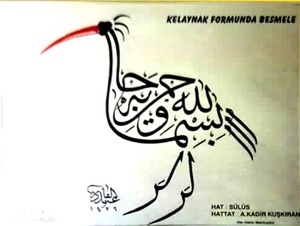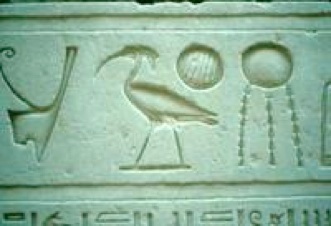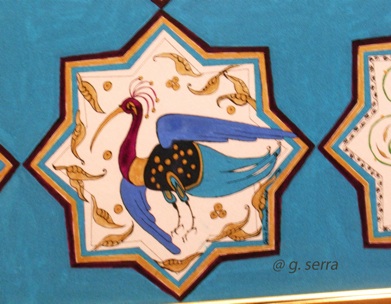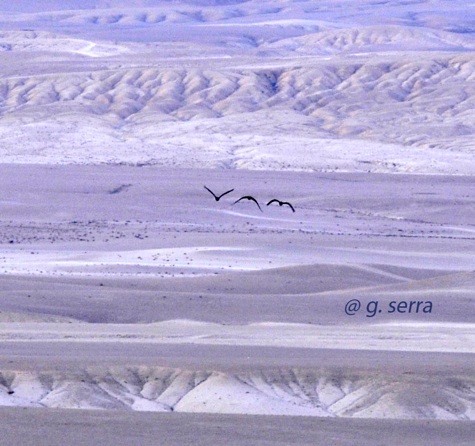IBIS PROFILE



If the NBI as a species was already listed as Critically Endangered before the unexpected discovery in Syria, the handful of ibises breeding in the middle of the Syrian desert could be well defined as “hyper-critically endangered”: certainly, in 2002 NBI suddenly became the rarest and most threatened bird of the Middle East. The discovery was especially significant from a conservation point of view, as it revived the hopes to save this iconic species in its native habitats of the Middle East. Information collected during extensive surveying evidenced that this bird was most likely a common and awe-inspiring sight of Syrian steppe landscapes until only 20-30 years ago (Serra et al. 2004 a). In facts these fascinating birds have always co-existed with the herds of the Bedouin nomads since time immemorial: these people, not only use a specific name for the bird in their idiom (“an-nug”) - only elder pastoralists still recall it - but they still use this name to identify several desert sites (local traditional toponyms).
This bird has always had symbolic and cultural values attached in the whole region. The ibis in general (as a family) was a symbol of wisdom according to the ancient Egyptians (hence the ibis-headed god of wisdom and knowledge Toth). NBI in particular was known by ancient Egyptians as shown by its unmistakable graphic representation in 4500-year-old hieroglyphs (see above): NBI was actually believed to be the incarnation of the spirit Akh who was responsible for escorting the soul of the departed to the After-life. In fact, the handful of ibises discovered in Palmyra are the last living descendants of those revered by pharaohs. These ancient myths about the ibis and the NBI are still alive in the region, in slightly different forms: for instance, Muslims from southern Anatolia (Turkey) still believe that NBI used to guide the souls of the departed towards the Mekkha (the holy town in Saudi Arabia); moreover, an elder Bedouin of Syrian desert reported to us in 2003 that its tribe used to held the NBI as a symbol of wisdom - same symbology of ancient Egyptians! NBI seems even cited in the Old Testament as the legendary messenger of fertility released by Noah from the ark.
NBI can be regarded as a “key-stone” species of the Syrian Al Badia, not only culturally but also ecologically. In the past this bird species certainly used to play an important ecological role within the Syrian steppe land: being a relentless insectivore, it was probably key in controlling the insect populations of the steppe, and in so doing maintaining the ecological health and productivity of the pastures on which the nomads rely for their livelihoods. Interestingly, the Syrian Govt. recognized the beneficial role of the ibises for agriculture in decree n. 28 issued in 1967.




